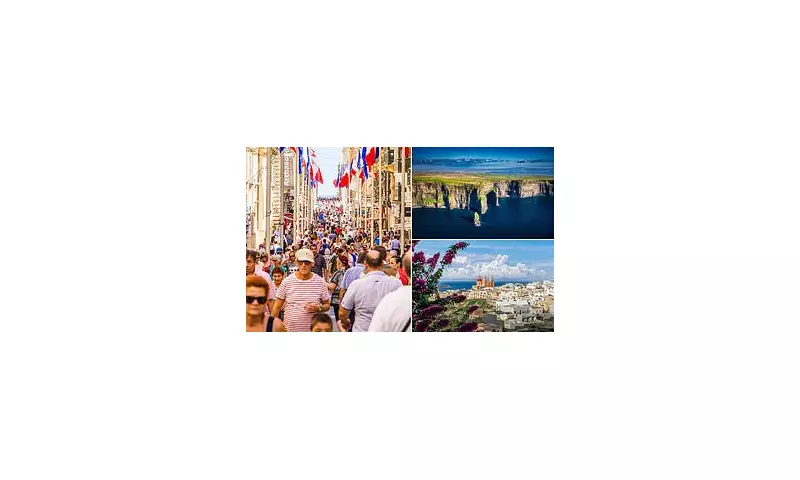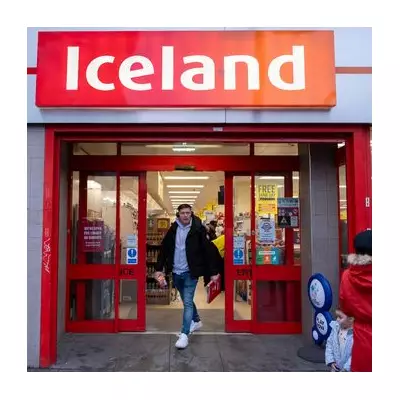
For years, Slovenia has been Europe's best-kept secret, a picturesque haven of emerald rivers, dramatic alpine peaks, and a charming capital. But the secret is out, and the nation is now facing a formidable challenge: the spectre of overtourism that has already engulfed icons like Barcelona and Venice.
The figures are staggering. The small country of just two million people welcomed a record-breaking five million visitors last year. The capital, Ljubljana, once a quiet backwater, now sees its historic centre swamped with daily tour groups, while the iconic Lake Bled struggles under the weight of its own fame.
The Price of Paradise
This influx comes at a cost. Residents report a significant surge in the cost of living, with property prices and rental costs becoming increasingly unaffordable for locals. The very authenticity that drew visitors in the first place—the quiet cafes, the peaceful streets, the sense of discovery—is now under threat.
One local restaurateur was quoted saying, "We wanted to share our beautiful country, but now we fear we are losing it. The season never ends, and the quiet moments are gone."
A Delicate Ecosystem Under Strain
Beyond the social and economic impact, the environmental toll is a primary concern for officials. Slovenia prides itself on its green ethos and pristine natural spaces, many of which are now showing signs of wear.
- Trail Erosion: Popular hiking paths in the Julian Alps are deteriorating faster than they can be maintained.
- Waste Management: The sheer volume of visitors is straining waste disposal systems, particularly in remote natural areas.
- Water Quality: Increased activity on rivers like the Soča and in Lake Bled raises concerns about pollution and ecosystem disruption.
Fighting Back: The Quest for Sustainable Tourism
Slovenian authorities are not standing idly by. A multi-pronged strategy is being implemented to steer the nation towards a more sustainable future, aiming to protect its treasures for generations to come.
- Diversifying Offerings: Actively promoting lesser-known regions like the remote Karst region and the wine-growing hills of Styria to disperse visitor numbers.
- Quality Over Quantity: Shifting the marketing focus from sheer visitor numbers to attracting travellers who stay longer and have a lighter environmental footprint.
- Strict Regulations: Enforcing caps on daily visitors to sensitive natural sites and implementing stricter rules for tour operators in city centres.
The question remains: Can Slovenia navigate the fine line between sharing its beauty and preserving its soul? The world is watching, as the outcome could provide a blueprint for other destinations on the brink. For now, this European gem remains breathtakingly beautiful, but its future depends on the choices made today.





